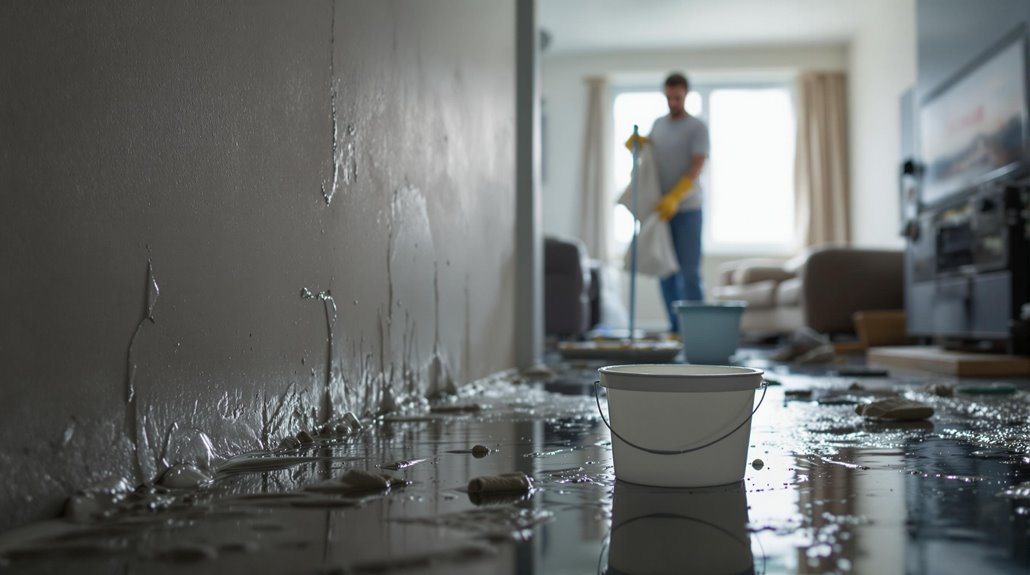
Your feet are in the water, but you’re not at a pool or beach, and you’re not feeling relaxed. Why? Because the water you’re standing in is in your own home. At this moment, it can feel like you are having the worst day anyone could be having, but here’s a fact that might provide some unexpected comfort: A nationwide Desjardins survey confirms that roughly 26 percent of Canadian homeowners, or two out of every eight Canadian homeowners, have stood where you’re standing. That is to say, you’re not alone in this, and solutions exist for your unfortunate situation
When flood damage strikes, every minute that passes while waiting for the professionals can feel like another family heirloom lost or another expensive gadget damaged. But you don’t need to sit idly. There are actions you can take to reduce damage and help prepare for when the emergency water cleanup crew arrives.
First, if safe to do so, turn off the main water supply and electricity to the affected areas. Safety comes first; never enter standing water near electrical outlets or appliances. Next, remove standing water using pumps, wet vacuums, or buckets. Open windows and doors to increase air circulation and start the drying process.
Move furniture and valuables to dry areas and place aluminum foil or wood blocks under furniture legs to prevent further water absorption. Take photos of all damage for insurance claims.
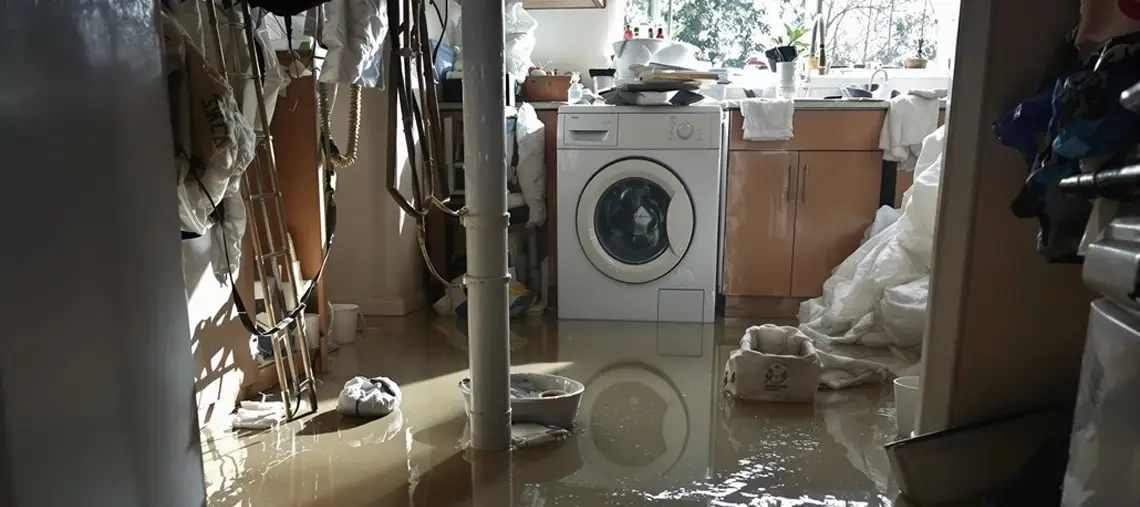
Remove wet carpets, rugs, and damaged materials promptly, as these items can trap moisture and develop mould within 24–48 hours. Start dehumidifiers and fans to reduce moisture levels throughout the home. Contact your insurance company immediately to report the damage. Document everything with photos and keep receipts for emergency supplies and temporary repairs.
Contact professionals to handle the restoration. These immediate actions help minimize damage and protect your family’s health until a professional restoration team reaches you.
Quality Local Water Extraction Services
When choosing a company for water extraction services in Surrey, Langley, White Rock, or anywhere in the GVRD, it’s essential to verify that they use professional equipment and trained workers to remove water from your property quickly. They must act fast to assess damage and reduce moisture levels, which cuts down drying time and helps prevent mould growth.
Personalized Water Damage Restoration Solutions
Your restoration company must go beyond fast water extraction to create solutions that match your situation’s specific needs. A personal approach gives you effective emergency water cleanup and home restoration by focusing on:
- Thorough assessment of damaged areas
- Custom water removal strategies
- Focused damage repair plans
- Complete restoration services
This delivers efficient and precise recovery with minimal disruption to your daily life.
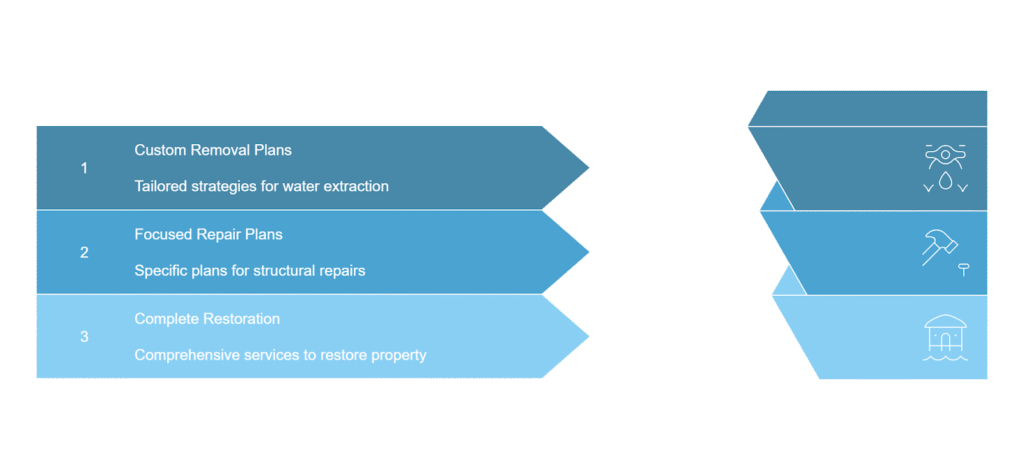
Preventing and Preparing for Pipe Bursts
A significant contributor to water damage is burst pipes. A few common causes of burst pipes include:
- Temperature swings cause pipes to expand and contract, creating cracks that eventually split open.
- Age: Older plumbing simply wears out; the materials get brittle and weak.
- High water pressure: A constant strain on your system until something gives.
It’s important to know the warning signs, as catching a weak pipe early can save a lot of time and money.
Temperature Fluctuations Impact
Cold snaps cause more pipe bursts than you’d expect. Water freezes inside your pipes, expands, and the pressure splits them open. Even without freezing, quick temperature changes and heat cycling can weaken pipe materials and joints.
Water damage from a burst pipe can cause costly repairs in just minutes. You can prevent most freeze-ups by wrapping exposed pipes with insulation, with a particular focus on basements, garages, and exterior walls.
Keep your heating running during cold weather, even if you’re away. Check vulnerable spots regularly. A bit of prevention saves you from dealing with flooding and repairs later.
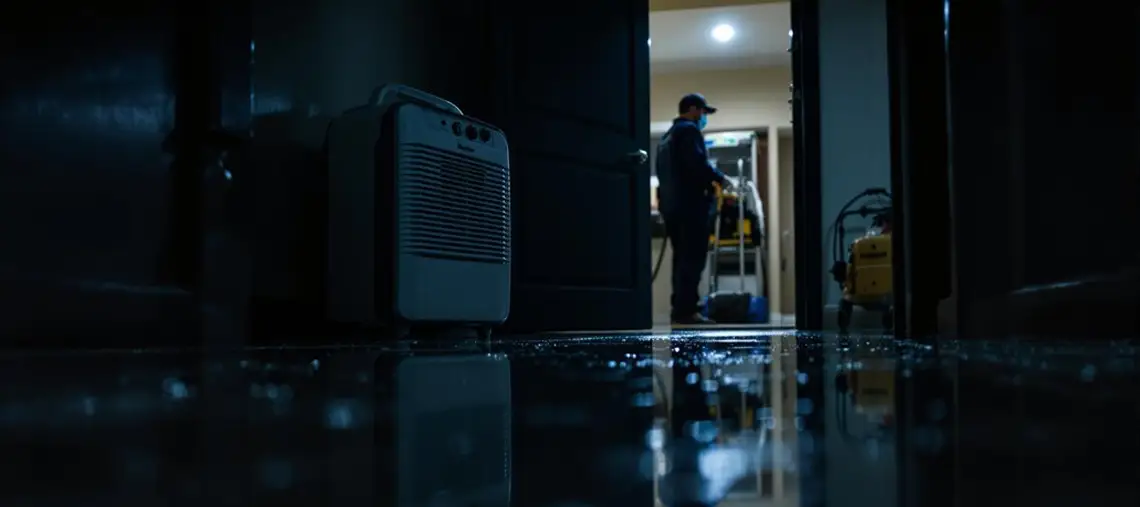
Ageing Plumbing Systems
This area is of particular concern if you own an older building. Corrosion can erode metal pipes from the inside, causing materials to deteriorate and joints to loosen. When buildings have 40-year-old copper pipes, it’s not uncommon for them to spring leaks. Galvanized steel pipes clog with rust, and don’t get us started on Poly-B piping.
Regular checks catch problems early — look for discoloured water, low pressure, or damp spots on walls. Preventing pipe failure protects your home from flooding.
Water Pressure Issues
Pipes don’t only fail due to age; pressure problems also cause numerous bursts. When pressure spikes, when regulators fail, or when a water hammer pounds through your system, pipes take a beating. Eventually, they split.
The aftermath is flooded basements, ruined belongings, and damaged walls. Understanding these risks helps you identify trouble early and seek help before disaster strikes.
Mould Prevention Solutions in Surrey, BC
Mould starts growing within 24–48 hours of water damage. The best way to stop it is by drying everything fast. This process involves extracting water, setting up industrial dehumidifiers, applying antimicrobial treatments, and monitoring moisture levels until it’s certain that mould won’t grow. Acting quickly after water damage saves you from having to deal with mould remediation later.
Fast Response Water Extraction Services
Water spreads quickly through your property. Therefore, it’s essential to select a restoration company that responds promptly to minimize the damage. First, stop the water at the source. Then assess what’s wet and what’s at risk. Next, the extraction equipment removes standing water while air movers and dehumidifiers dry out the structure. Getting started within hours makes the difference between minor repairs and major reconstruction.
Get Help Now
Water damage gets worse by the hour. Ring our 24/7 emergency line, and we’ll get someone to you quickly with the right equipment to protect your property.
We Cover All Surrey Neighbourhoods
From Fleetwood to Cloverdale, South Surrey to Newton – we respond to water emergencies across Surrey. Our local teams know your area and arrive quickly with:
- Immediate water extraction
- Damage assessment
- Flood containment
- Complete drying and restoration
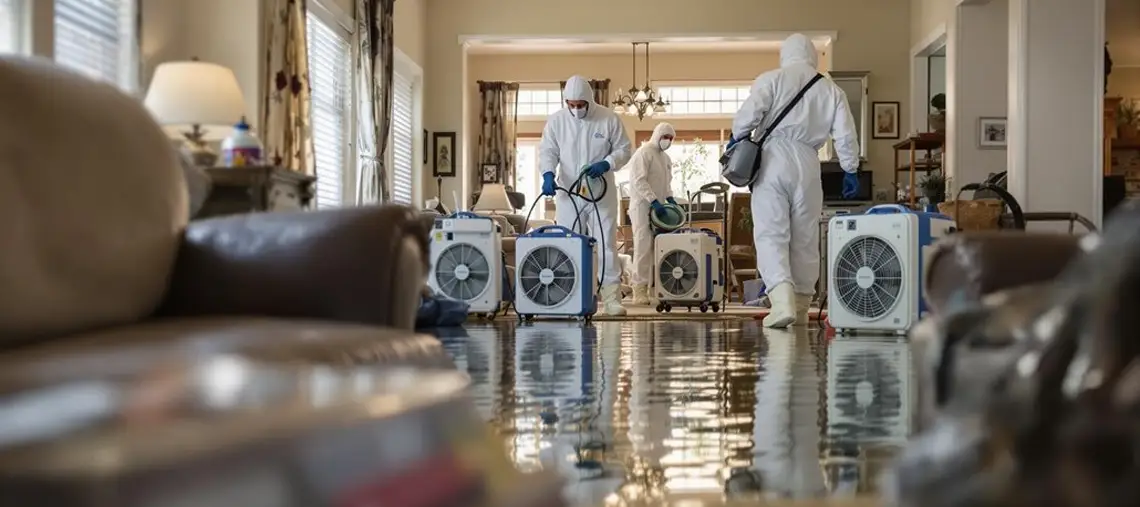
Your Questions Answered
How to Dry Out a House After Water Damage?
Start by removing all standing water with pumps or wet vacuums. Open windows and doors for airflow. Position fans to blow air across wet surfaces and run dehumidifiers continuously. Lift furniture on blocks. Pull up wet carpet padding — it rarely dries properly. Remove damaged drywall below the waterline. We use moisture metres to track progress — walls need to reach normal moisture levels before repairs begin. This process usually takes 3–5 days with professional equipment.
How Do You Clean Walls After Water Damage?
Mix mild dish soap with warm water. Wipe walls gently with a sponge, avoiding oversaturation. Rinse with clean water and dry thoroughly. For mould spots, use one part bleach to ten parts water. Wear gloves and ventilate the room. Test cleaners in an inconspicuous spot first. Different wall finishes need different approaches — painted drywall cleans differently than wood panelling. The key is removing dirt without adding more moisture.
What Not to Do After Water Damage?
- Don’t walk through standing water near electrical outlets.
- Don’t use your household vacuum on water.
- Don’t discard damaged items before documenting them for insurance purposes.
- Don’t turn on ceiling fixtures if the ceiling is wet.
- Don’t wait to call professionals; every hour matters.
We’ve seen people make these mistakes, turning minor water damage into major disasters.
How to Clean up After Water Damage?
Put on rubber boots, gloves, and a face mask first. Safety is crucial when dealing with contaminated water. Extract water with proper equipment. Document everything with photos before moving items. Sort belongings into “save,” “clean,” and “discard” piles. Remove wet materials that won’t dry properly, such as carpet padding, particleboard, and damp insulation. Set up drying equipment and monitor progress. Have professionals inspect before closing up walls; hidden moisture causes problems months later.
